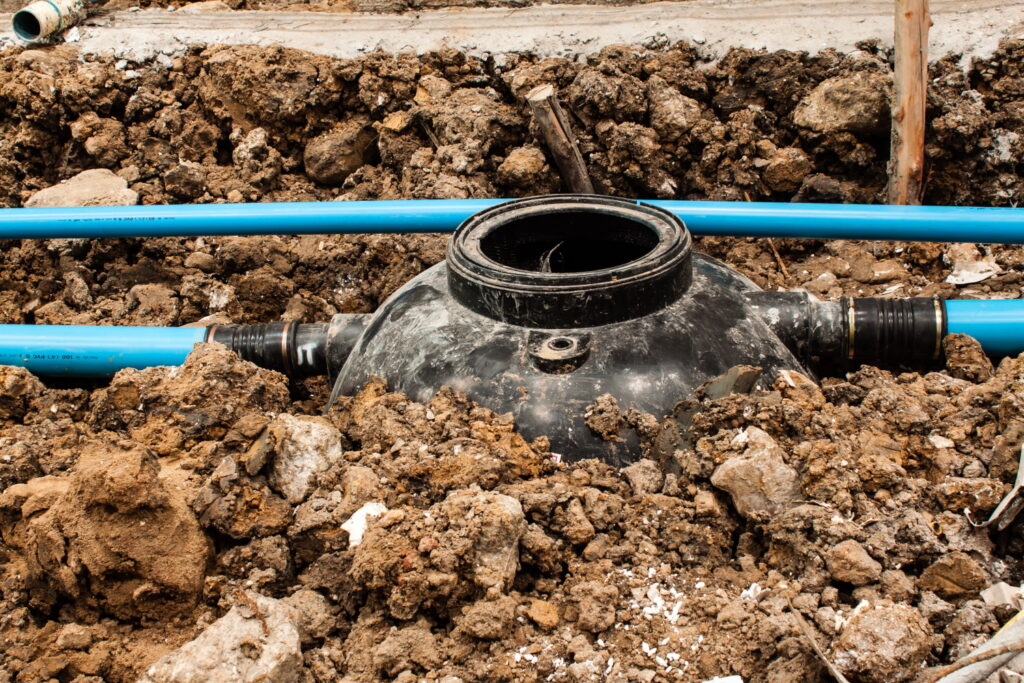Septic Tank Installation UK: 3 Things to Know

Are you a homeowner in the UK who is considering installing a septic tank on your property? If so, you may have questions about what is involved and want to make sure that it’s done right. Before getting started, it’s important to understand some basics of septic tank installation in the UK and how the process works. From navigating local regulations to choosing a reputable installer, there are various factors to consider when planning for your septic tank installation. Here at Septic Tank Solutions we’re experts in all things related to septic tanks and have put together this blog post outlining three key points related to getting a successful system installed in the UK. Read on if you’d like more information on everything from selecting an installer to ensuring the efficient running of your newly installed system!
Know the regulations in your area that may affect septic tank installation
If you’re considering installing a septic tank on your property in the UK, it’s essential to do your research on the regulations in your area before proceeding. Local authorities across the country have their own set of rules and requirements when it comes to septic tank installation, which can vary based on factors such as land size, soil type, and proximity to water sources. Failure to comply with these regulations could result in costly fines and even legal action. So, before you start digging, make sure to consult with your local council and a qualified professional to ensure that you understand the requirements and can install your septic tank safely and legally. Taking these precautions will ensure that you have a smoothly running septic system that is reliable and meets all necessary regulations.
Understand the different types of septic tanks available and what’s best for your needs
When it comes to septic tank installation in the UK, it’s important to understand the different types of tanks available and which one will suit your needs. Whether you’re building a new home or replacing an existing tank, there are a variety of options to choose from, such as concrete, fiberglass, and plastic. Each type of tank offers its own set of benefits and drawbacks, so it’s crucial to weigh your options carefully. For instance, concrete tanks are durable and have a long lifespan, but they are also heavier and more difficult to install. On the other hand, plastic tanks are lightweight and easy to install, but they may not last as long as other tanks. By considering your specific needs and consulting with a professional, you can choose the right septic tank for your property and ensure trouble-free wastewater disposal for years to come.
Be aware of any potential additional costs associated with septic tank installation, including labour, materials, and permits
Installing a new septic tank can be a significant investment for homeowners in the UK. While the benefits of a properly functioning septic system are numerous, it’s important to be aware of any potential additional costs associated with the installation process. Along with the cost of the septic tank itself, there may be additional expenses for labour and materials, as well as permits required by your local council or municipal authority. By doing your research and planning ahead, you can avoid any surprises and ensure that your septic tank installation is completed efficiently and effectively.
Overall, septic tank installation in the UK is a complex process and should not be taken lightly. There are numerous regulations to consider, variables to assess, multiple types of septic tanks to select from, and potential additional costs that could arise. That said, armed with the knowledge we’ve discussed and an understanding of what you need, you’ll be able to successfully undertake a septic tank installation. For more, check out OMDI.


